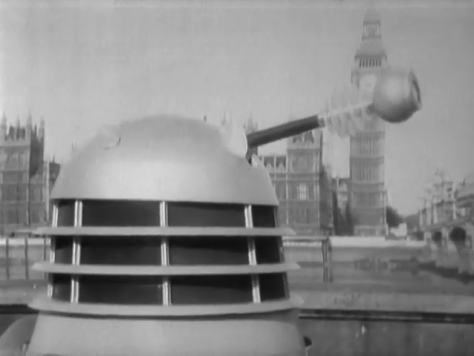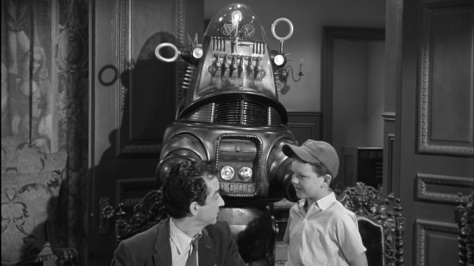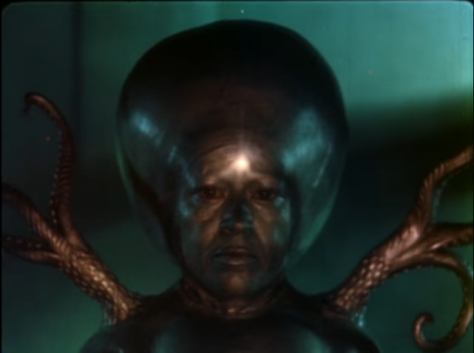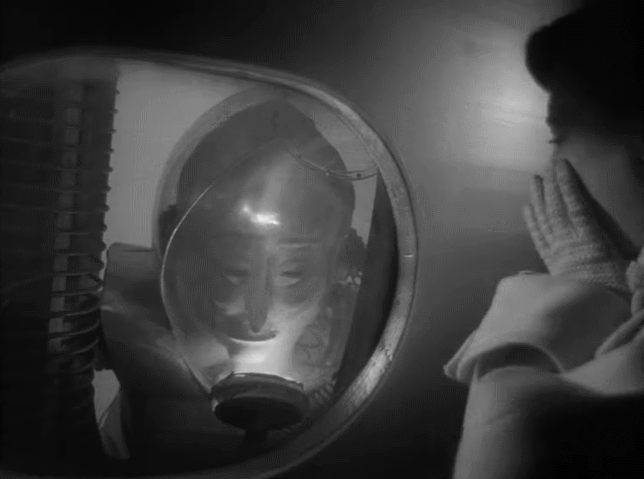
As we’ve frequently seen (even as recently as last week), the spirit of fifties B-Movies remained—and arguable remains—strong in creature features, and one part of that legacy is embracing the poor reputation the low-budget monster movies in the black-and-white era often had. Making fun of that particular oeuvre—their overly-expository and unnatural dialogue, their toy-like special effects, their nonsensical plots—has been a go-to for decades, and I can imagine that seeing so many of those movies turned into comedy fodder on something like Mystery Science Theatre 3000 broadened their audience and extended their period as laugh material for another few decades. A movie like The Lost Skeleton of Cadavra is an obvious outgrowth of all that: a conscious pastiche of lousy programmers, their most ridiculous traits amplified while still keeping as much of the look and sound of the real deal as possible. Even with the ubiquity of this particular brand of parody, I’m sure there was still a sense of novelty to seeing a movie like this in the early aughts, especially when it was distributed by a major studio like Tristar (three years after it premiered at film festivals), who even let their logo be shown in black-and-white to match the spirit.
There was a time where I would have taken this sort of thing at face value, but after years of watching the kinds of older movies that inspired Cadavra, the experience of watching it feels a bit different. When these fifties B-movies were something a bit more distant—a strange and infrequent discovery on late night television, all blurring together in your memory—the kind of schlock being mined for comedy here probably felt accurate to the general atmosphere. But when you really drill down into the lesser-known genre flicks of this period, you find that they are often much more interesting than their reputation says, offering weirder sights and sounds and wilder ideas even with their budget-constrained nature. Shockingly, you also find that these movies were entirely capable of making fun of themselves in the moment, the filmmakers knowingly playing up their own ridiculousness at a time when irony was not expected. If the targets of mockery have already been cracking all the same jokes this whole time, then what, exactly, can a comedy pastiche made over four decades later bring to the table?










